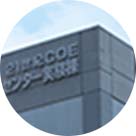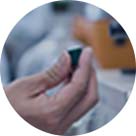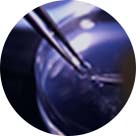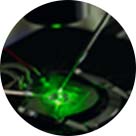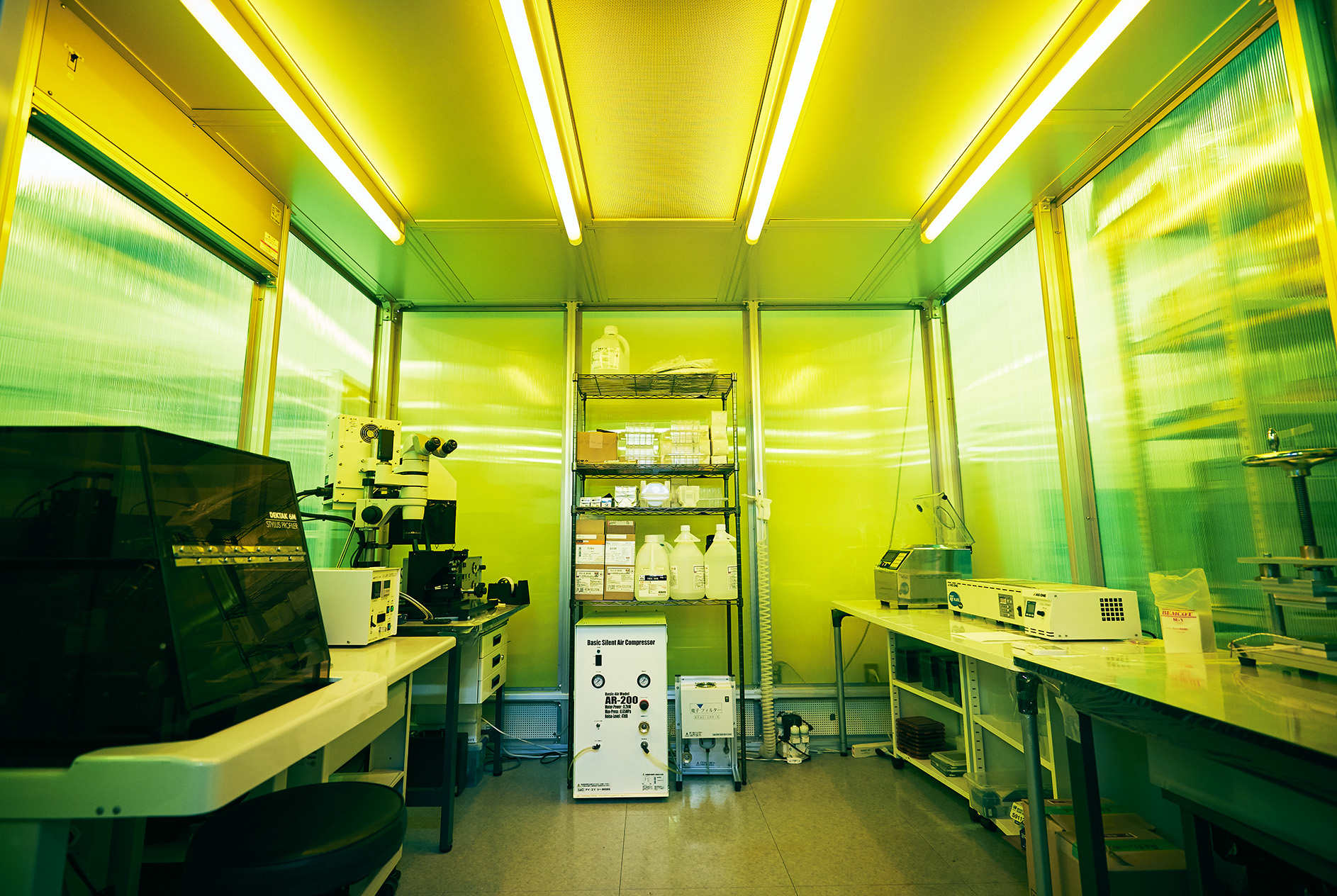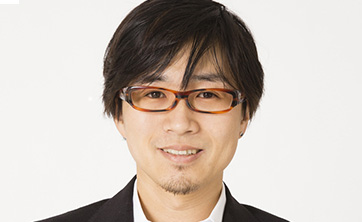Core of excellence for research and development of “Water Interface”
Background
“Water” is one of the most essential substances which supports our basis of lives in various forms, and we, not only the human being but also all the life cannot survive without the benefit of water. It plays crucial roles to transfer oxygen, nutrition and waste, and to assist structuring and fulfilling
cells, tissues and organs. Additionally, in industrial fields, it is of importance in drinking, cleaning, immersion, coating and so on. So, it is no exaggeration to say that water is the longest and most frequently used substance in our history. However, there are still plenty of unexplained issues in its properties, performance and function; especially, interaction between water and materials’ surface, namely “water interface”, is generally very complicated and particularly difficult to be fully understood (Fig. 1).
To tackle these issues, a former research center, Water Frontier Science and Technology Research Center (W-FST) was launched on November 2016.
Through research activities of W-FST, it is found that the topic of “water interface” is crucial and is highly needed both for academics and industries. Then we concluded to keep our continuous challenges and progresses to these issues by expanding and deepening the fields. Then, the successive research center “Water Frontier Research Center (WaTUS)” has been established after the reorganization on April 2021 to highly promote our research activities. The logotype of our center (Fig. 2) represents “water” encompassing its molecule, nature of continuum, and interfacical behavior.

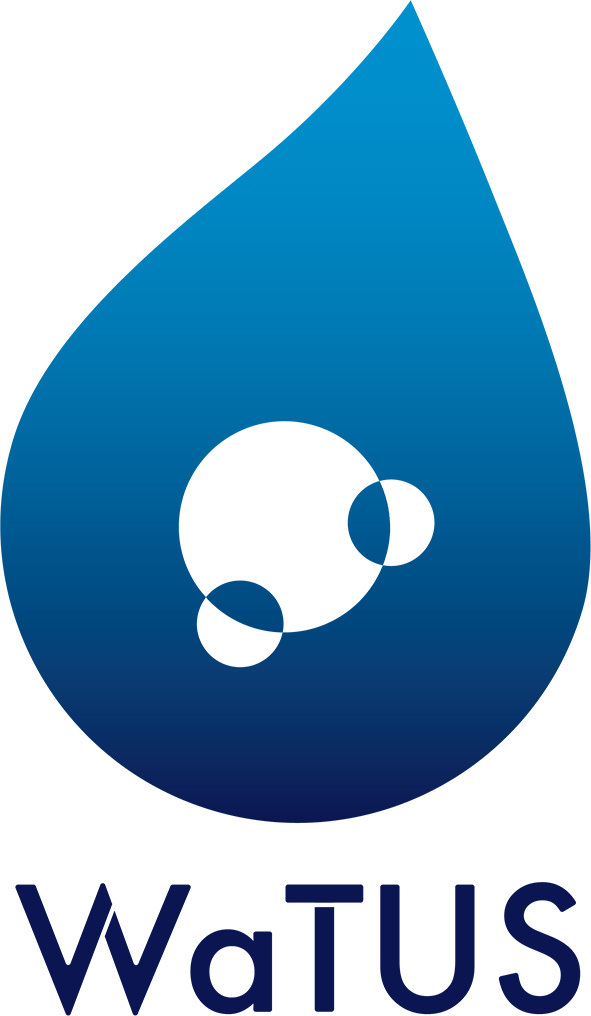
Our mission
We, WaTUS, aims to pursue leading-edge research and developments relating to “Water Interface” with multi-disciplinarily collaborative research. Our mission is to perform following missions (Fig. 3);
( i ) Pursuit of state-of-the-art science and technologies of water interface by collaboration and technical excellence
( i i ) Establishment of international research core of excellence
( i i i ) Provision of“ one-stop service” of water research for industries
( i v ) Visualization of TUS through our research activities
Formation of research and development hub for“ Water Interface” through our research means to create the place where researchers all over the world can join and to establish research organization which can provide practical solutions to industries.
To carry our above-mentioned missions, highly intensive collaborations of fundamental research and technical developments with researchers inside and outside of the center become a key.
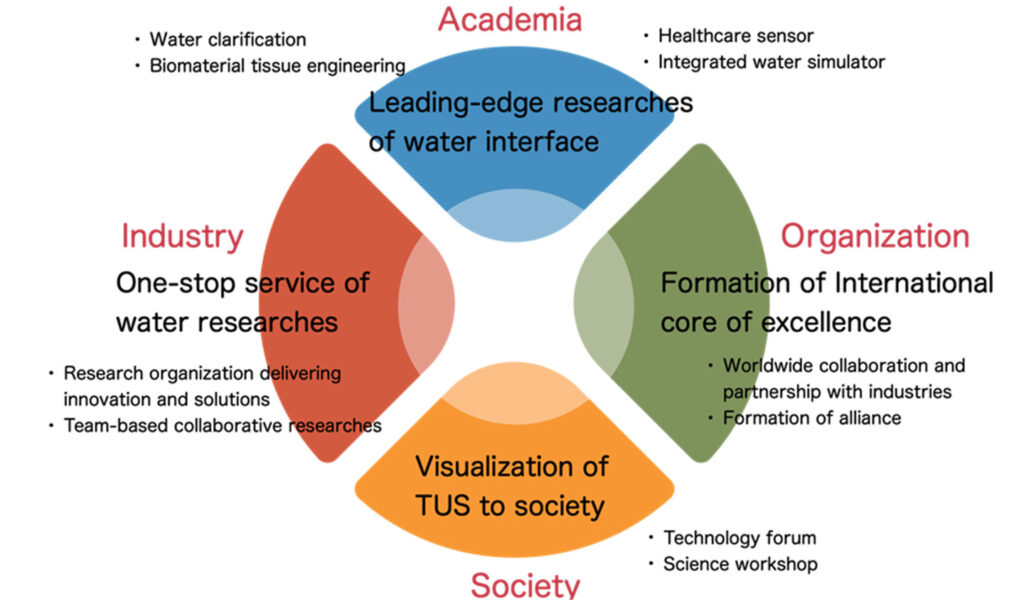
Research organization of WaTUS
WaTUS promotes interdisciplinary collaborative research to achieve our goals. We consist of matrix-based research units with approaches (Materials development, Measurement & Analysis, and Theory & Simulation) and targets (Materials & Water, Life & Water, and Environment & Water). In this 3 x 3
matrix-based research unit (Fig. 4), our center encourages researchers who develop novel materials with high functionality, ones who develop cuttingedge measurement and analysis techniques, and ones who perform advanced theoretical consideration and simulation, to perform intensively
flexible collaborative studies expecting synergetic effects. Also, more flexible style of collaboration involving ones outside of the center are appreciated in this center.
Materials and Water :
This unit pursues research and development considering relation between water and materials from atomic to macroscale.
Life and Water :
This unit pursues research and development contributing to human beings and medical diagnostics or medical and biological engineering.
Environment and Water :
This unit pursues research and development for environment and industries. Earth science and energy conservation is also included in this unit.
In addition, events such as the Water Frontier Symposium and evening seminars are held to promote the output of research activities and enhance mutual exchange among related researchers. We also disseminate our research activities and achievements to the public through conferences and exhibitions.

Fig. 4 Matrix-based research units in WaTUS


